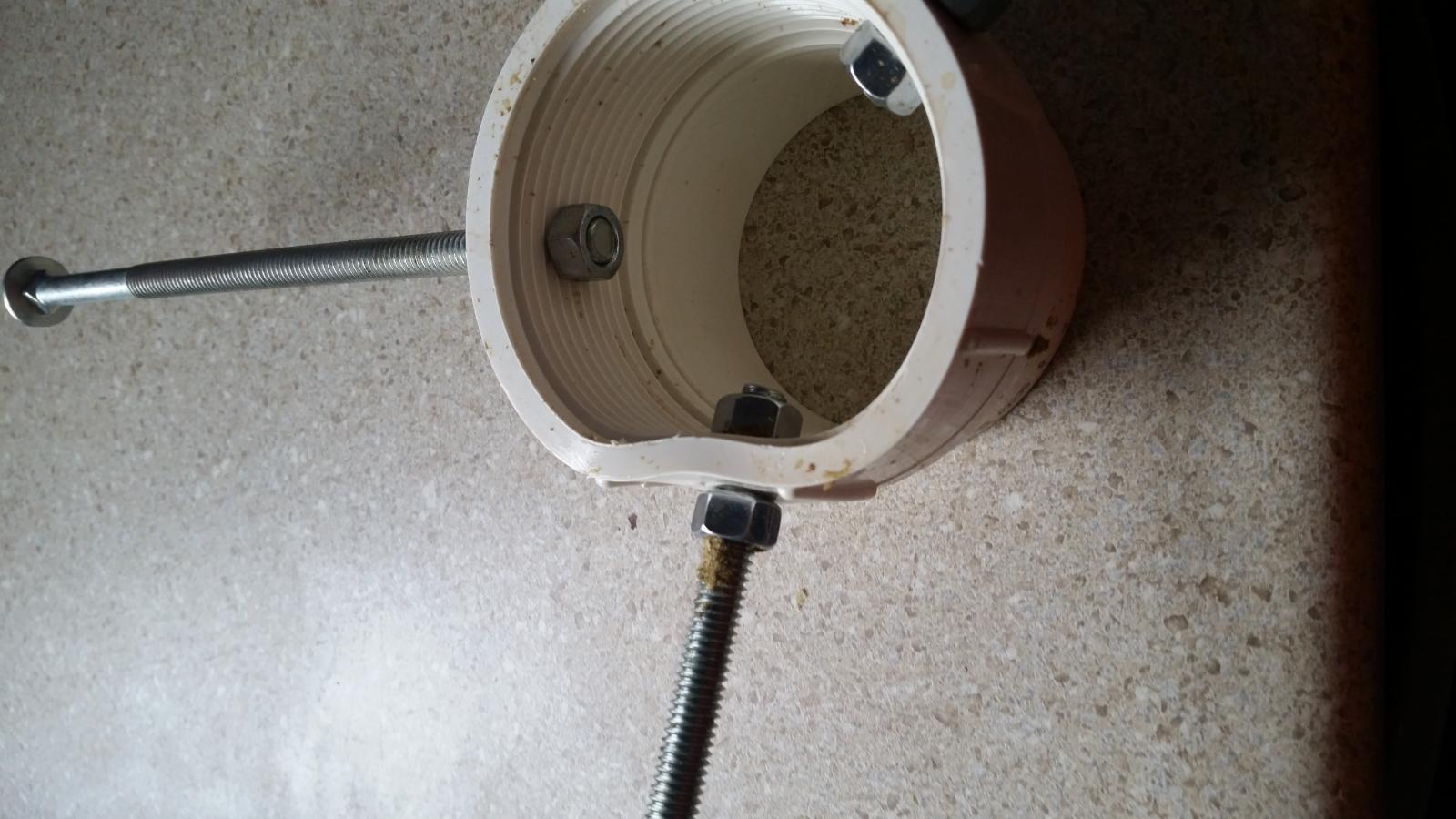I have a 60 plate chiller that I love using as it cools quickly and makes my brew day a little shorter. I have always meticulously (or so I thought) cleaned it. Every brew day, I clean the entire system with near boiling PBW for about an hour while I clean and get fermentation started, and before most brew days I do the same, especially if my equipment has been sitting a while. I always flush the system as well, take it apart, and then forward/back flush my PC in the sink. About every 4th or 5th brew day, I remove the connectors to my PC and cook it in the oven on the oven self cleaning setting for about an hour, then flush with PBW and hot water rinse.
Fast forward a bit, I noticed that there is ALWAYS a little bit of hop matter that is coming out of my PC. Reading here, people use lye (NAOH or KOH) to clean their PC. One person even claimed that after the second soaking, his was completely clean. That made me hit up Amazon for some food grade NAOH. Put on my rubber gloves and eye protection, as this is NASTY stuff to human eyes and skin, made up a 10% solution, and soaked my PC over night. Gobs of crap came out! The liquid was like tea or soy sauce. This was the trick, I thought, for having a sparkling clean PC. Well, I have soaked the PC in increasingly stronger solutions of NAOH and a) I still get hop matter after 10 treatments and b) the liquid is still coming out brownish black!!
Since I bought a few pounds of lye, I will continue this experiment for another week or so just to see if I can get my PC completely clean like new again, but I don't have high hopes.
That said, it is a hell of a lot cleaner than it was, but I am no longer under the impression it is as clean as my other equipment. I will continue to use it, because I have never detected off flavors from whatever has been stuck in there and it is a lot cleaner than it was. I recirculate through a bazooka tube on kettle output and a very fine stainless steel mesh on input, in the hopes of preventing hops from getting into my PC in the first place.
I recirculate through a bazooka tube on kettle output and a very fine stainless steel mesh on input, in the hopes of preventing hops from getting into my PC in the first place.
If anyone knows of a better way of cleaning a PC completely (PBW flushing, oven baking, and lye all seem to be inadequate), please post a reply! Cheers all!
Fast forward a bit, I noticed that there is ALWAYS a little bit of hop matter that is coming out of my PC. Reading here, people use lye (NAOH or KOH) to clean their PC. One person even claimed that after the second soaking, his was completely clean. That made me hit up Amazon for some food grade NAOH. Put on my rubber gloves and eye protection, as this is NASTY stuff to human eyes and skin, made up a 10% solution, and soaked my PC over night. Gobs of crap came out! The liquid was like tea or soy sauce. This was the trick, I thought, for having a sparkling clean PC. Well, I have soaked the PC in increasingly stronger solutions of NAOH and a) I still get hop matter after 10 treatments and b) the liquid is still coming out brownish black!!
Since I bought a few pounds of lye, I will continue this experiment for another week or so just to see if I can get my PC completely clean like new again, but I don't have high hopes.
That said, it is a hell of a lot cleaner than it was, but I am no longer under the impression it is as clean as my other equipment. I will continue to use it, because I have never detected off flavors from whatever has been stuck in there and it is a lot cleaner than it was.
If anyone knows of a better way of cleaning a PC completely (PBW flushing, oven baking, and lye all seem to be inadequate), please post a reply! Cheers all!















































![Craft A Brew - Safale S-04 Dry Yeast - Fermentis - English Ale Dry Yeast - For English and American Ales and Hard Apple Ciders - Ingredients for Home Brewing - Beer Making Supplies - [1 Pack]](https://m.media-amazon.com/images/I/41fVGNh6JfL._SL500_.jpg)









![IMG_20151024_120454917[1].jpg IMG_20151024_120454917[1].jpg](https://cdn.homebrewtalk.com/data/attach/284/284188-IMG-20151024-120454917-1-.jpg)




